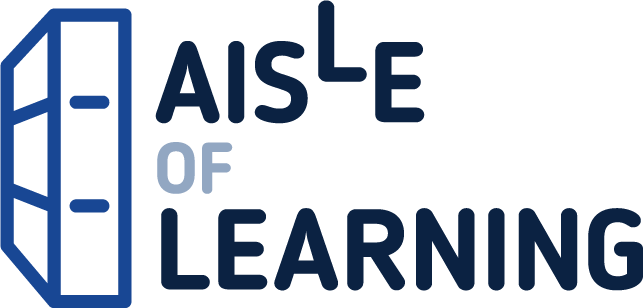Grounded in current knowledge and professional practice, this book provides up-to-date coverage of psychometric theory, methods, and interpretation of results. Essential topics include measurement and statistical concepts, scaling models, test design and development, reliability, validity, factor analysis, item response theory, and generalizability theory. Also addressed are norming and test equating, topics not typically covered in traditional psychometrics texts. Examples drawn from a dataset on intelligence testing are used throughout the book, elucidating the assumptions underlying particular methods and providing SPSS (or alternative) syntax for conducting analyses. The companion website presents datasets for all examples as well as PowerPoint slides of figures and key concepts. Pedagogical features include equation boxes with explanations of statistical notation, and end-of-chapter glossaries. The Appendix offers extensions of the topical chapters with example source code from SAS, SPSS, IRTPRO, BILOG-MG, PARSCALE, TESTFACT, and DIMTEST.
Psychometric Methods: Theory into Practice (Methodology in the Social Sciences Series)
$93.10
This advanced textbook provides in-depth learning material on statistics and psychometric methods for a high school or postsecondary student.
Psychometric Methods: Theory into Practice (Methodology in the Social Sciences Series)
$98.00
This textbook provides students with an in-depth understanding of psychometric theory and methods for use in social sciences.
Grounded in current knowledge and professional practice, this book provides up-to-date coverage of psychometric theory, methods, and interpretation of results. Essential topics include measurement and statistical concepts, scaling models, test design and development, reliability, validity, factor analysis, item response theory, and generalizability theory. Also addressed are norming and test equating, topics not typically covered in traditional psychometrics texts. Examples drawn from a dataset on intelligence testing are used throughout the book, elucidating the assumptions underlying particular methods and providing SPSS (or alternative) syntax for conducting analyses. The companion website presents datasets for all examples as well as PowerPoint slides of figures and key concepts. Pedagogical features include equation boxes with explanations of statistical notation, and end-of-chapter glossaries. The Appendix offers extensions of the topical chapters with example source code from SAS, SPSS, IRTPRO, BILOG-MG, PARSCALE, TESTFACT, and DIMTEST.
Additional information
| Weight | 1.161 lbs |
|---|---|
| Dimensions | 17.8 × 2.7 × 25.4 in |
Reviews
There are no reviews yet.










Reviews
There are no reviews yet.